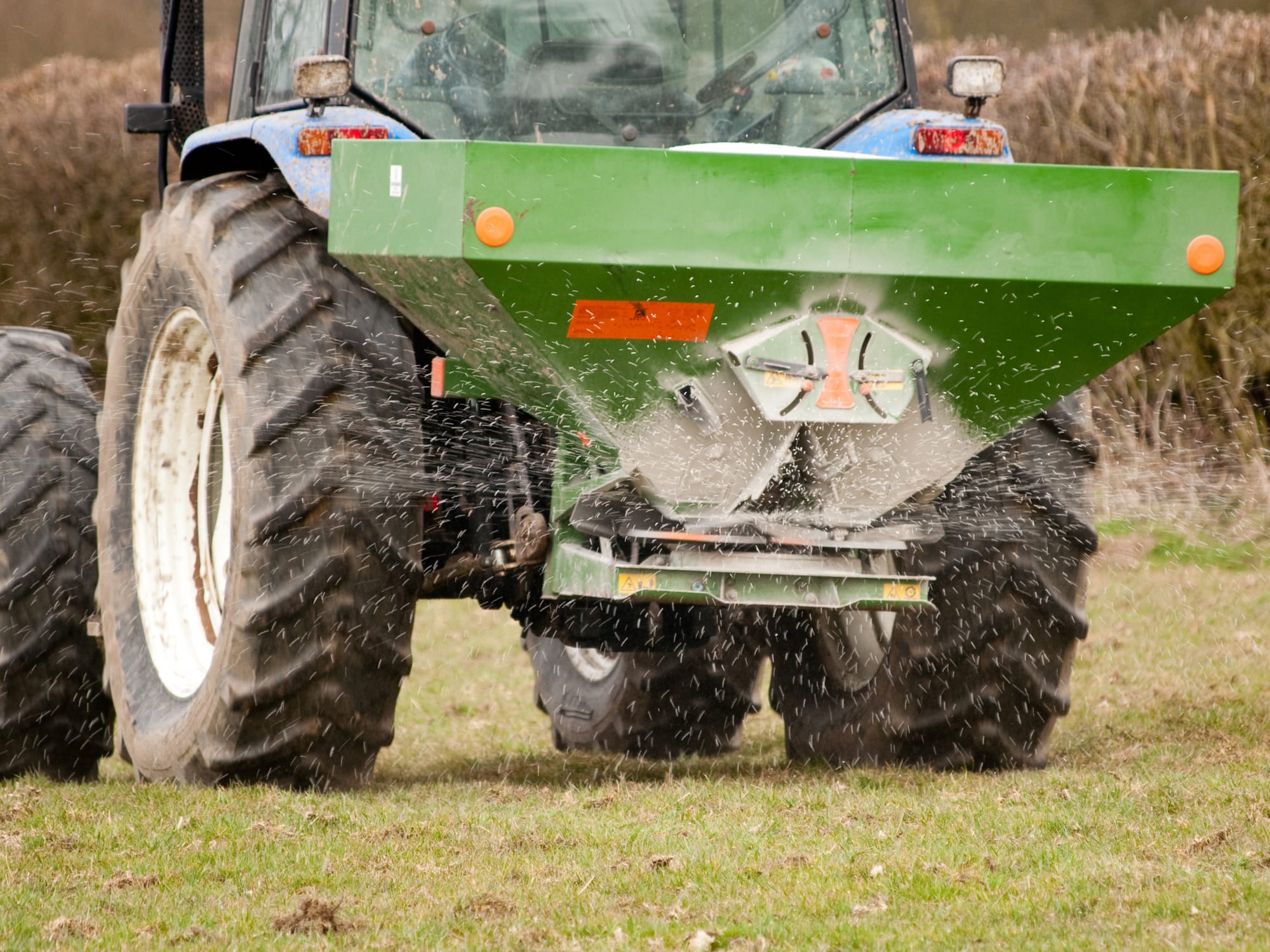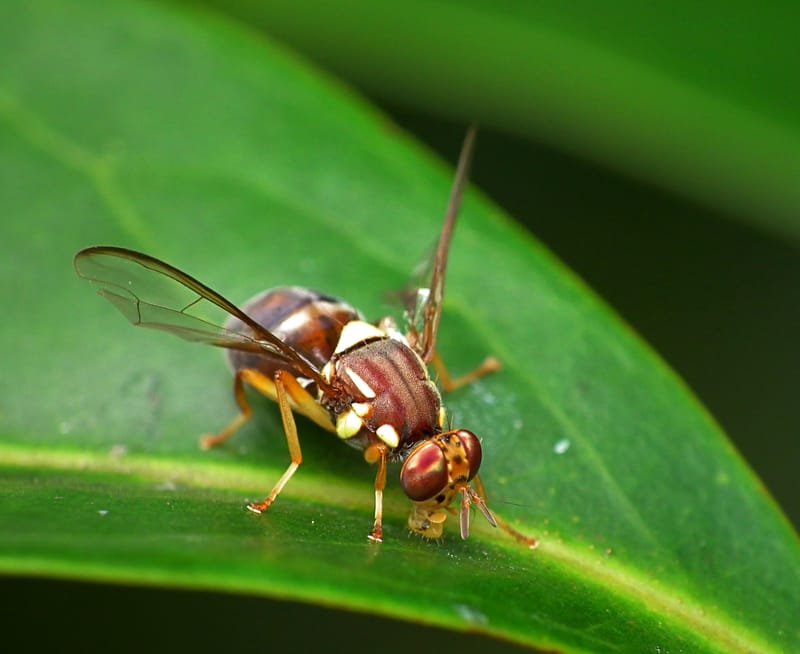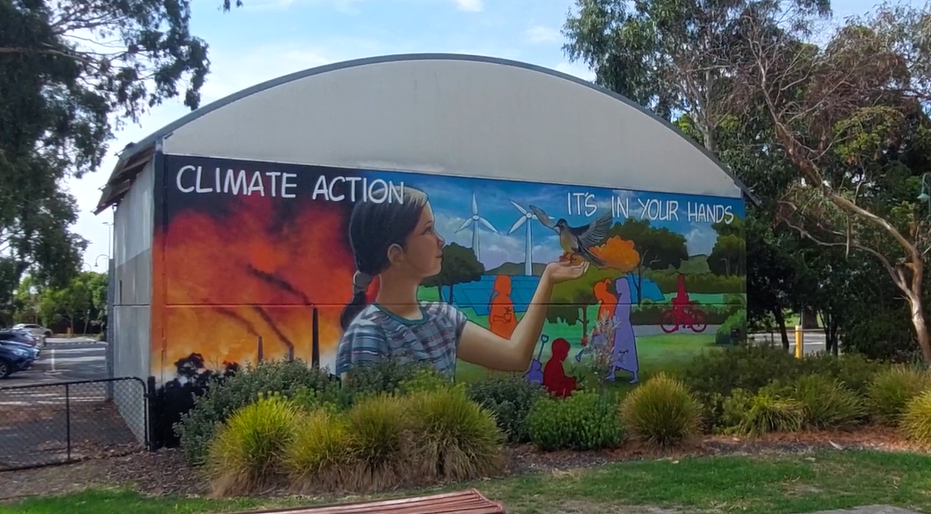Rising agricultural emissions sparks urgent search for green fertilisers
As Australia’s agricultural emissions rise, the need for alternatives to synthetic fertilisers becomes more pressing.

By Berber Hoogland
As Australia’s agricultural emissions rise, the need for alternatives to synthetic fertilisers becomes more pressing.
According to the Australian Government’s Inventory of National Greenhouse Gases in 2021, the agricultural sector generates about 16 per cent of Australia’s total emissions.
The Department of Climate Change, Energy, the Environment and Water said that a large part of these emissions could be attributed to the production and use of synthetic fertilisers such as ammonia.
Once in the soil, these fertilisers are broken down, and nitrous oxide is released, a gas that has 300-times the warming potential of carbon dioxide.
With the Australian Federal government’s aim to cut greenhouse gas emissions to net zero by 2050, the use of synthetic fertilisers needs to change.
While several countries, such as the Netherlands and New Zealand, are already pursuing serious measures to reduce agricultural emissions, Australia currently lacks clear legislation on fertiliser use and management.
Last year, the Dutch government announced its aim to reduce national nitrogen emissions by half by 2030. The Netherlands has the highest nitrogen emissions in Europe due to its high number of livestock.
The Netherlands aims to reduce its emissions through less agriculture, and in particular less livestock farming.
For Dutch farmers, this meant they have to reduce their emissions by 40 per cent over the next few years. For farms close to nature reserves this number goes up to 70 per cent or more.
The policy has led to fierce protests among Dutch farmers.
Despite the dissatisfaction, Friesian deputy for the Dutch Labour Party Douwe Hoogland said the new policy has the potential to be impactful.
While the farmers have the right to be frustrated, the time for protesting is over, Mr Hoogland said.
“It is time we start looking for solutions with one another,” he said.
“We are an agricultural province and hence we want to sustain agriculture. But we do need to adapt.
“In the context of biodiversity and a healthy living environment, we have the responsibility towards our citizens to find an answer to this problem.”
Mr Hoogland said the new policy could be effective as long as there is constant consultation between all the relevant stakeholders. That is why it is important that the farmers become part of the conversation again.
“Keep talking. Try to find a solution together. You can’t do that by protesting.
“This includes listening well, and no pointing fingers.”
One improvement Mr Hoogland suggested was to get rid of the ‘reduction’ percentages, which is what caused the strikes in the first place. Instead he recommended conducting regional analysis.
“Percentages are dangerous," he said.
“Much more important is to, together, look at regional processes to see what is possible and to what extent reductions can be made there.
Crucially then is improving the agrarian structure in these regions.
This can be accomplished by connecting the extensification of agriculture with an appropriate corporate structure, Mr Hoogland said.
But such a structure improvement should be a long-term goal.
“It really needs to be set up in such a way that we can continue with this [improved structure] for a long time.”
Pursuing limits on fertiliser similar to how the Dutch put limits on their number of livestock could be a consideration for Australia to reach net-zero by 2050.
The Australian Federal Government has been slow in encouraging farmers to adopt low-emission practices.
Farmers have started looking for alternatives to synthetic fertiliser nevertheless, owing to soaring fertiliser prices. According to the Australian Trade and Investment Commission, fertiliser prices are nearly four times as high compared to last year.
Sir John Monash Distinguished Professor Douglas MacFarlane has been studying ways to sustainably produce ammonia fertiliser and seems to have found a promising alternative.
Ammonia fertiliser is made from nitrogen, water, and hydrogen. Nowadays this hydrogen is produced using natural gas.
“Natural gas, of course, ultimately produces CO2 into the atmosphere. So fertilisers today are a fossil fuel product,” Prof. MacFarlane said.
Professor MacFarlane and his colleagues devised a method to produce ammonia using renewable energy, such as solar or wind energy.
What is more, their method to produce ammonia can be done at a small distributed scale, he said.
“Current day, production is done on a very large scale, in a very, very small number of very big plants.
"I think we've only got two or three in Australia that produce very large quantities of [ammonia]. And then it's trucked and piped and shipped around the world, which, of course, adds to the emissions intensity.
“Whereas we're talking about something that could be on every farm, or at the end of every greenhouse.”
The potential of their invention does not stop there.
Professor MacFarlane believes ammonia could eventually replace the fuel driving our engines.
“Assuming then that we've got our fertiliser market completely fed, the next idea is that you can use ammonia as fuel.
“Because the next most expensive component used in most farms after fertilisers is fuel for the tractors and machinery.”
This would be the next step to food production becoming sustainable, he said.
The farming sector has shown great interest in the devices created by Prof. MacFarlane and his colleagues.
“The farming community is by and large, extremely motivated to switching to green fertilisers, and generally speaking, increasing the sustainability of food production.
“We're sensing a strong motivation, which has only become stronger because fertiliser prices have gone through the roof in the last 12 months.
“Farmers, by and large, are absolutely keen to have this, there's no policy push needed.”
There is however the risk of overusing ammonia fertiliser.
“If too much fertilizer sits on a field and isn't taken up in the plant, readily, then what can happen is that the ammonium is oxidized in the soil into another greenhouse gas, nitrous oxide.
“And this is 300 times more potent than CO2 as a greenhouse gas. So this is pretty serious.”
Overuse will result in too much Nitrous Oxide production, which will worsen the problem, rather than solve it. The same goes for ammonia engines.
Despite this potential risk, the production of green ammonia could be an important step for Australia towards reaching net-zero.





